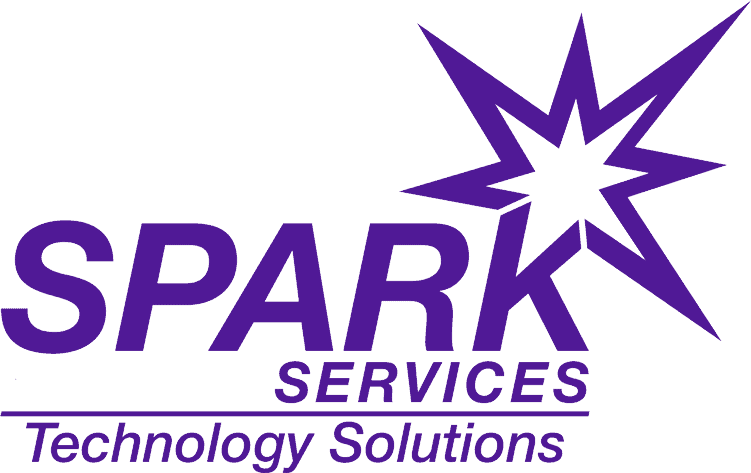In today’s fast-paced business environment, where communication is key, having an advanced phone system is essential for maximizing productivity. The traditional telephone has evolved into a sophisticated tool that goes beyond mere voice communication. With the integration of advanced features, businesses can streamline their operations, enhance collaboration, and ultimately boost productivity. In this blog post, we’ll explore various advanced phone system features that contribute to maximizing efficiency in the workplace.
1. Unified Communication Platforms: Breaking Communication Barriers
One of the key advancements in phone systems is the integration of unified communication platforms. These platforms bring together various communication channels, such as voice calls, video conferencing, instant messaging, and email, into a single cohesive system. This consolidation eliminates the need for employees to switch between different applications, providing a seamless communication experience. With unified communication, teams can collaborate in real-time, making decisions faster and improving overall productivity.
2. VoIP Technology: Cost-Effective and Flexible Communication
Voice over Internet Protocol (VoIP) technology has revolutionized business communication by enabling voice calls over the internet. This not only reduces communication costs but also offers greater flexibility in terms of scalability and mobility. Employees can make and receive calls from anywhere with an internet connection, breaking free from the constraints of traditional phone systems. VoIP also supports features such as call forwarding, voicemail-to-email, and virtual extensions, enhancing productivity and ensuring that communication is never missed.
3. Advanced Call Routing: Efficient Call Handling
Advanced call routing features ensure that incoming calls are directed to the right department or individual promptly. Interactive Voice Response (IVR) systems, for example, allow callers to navigate through a menu to reach the most relevant department, reducing the need for manual call transfers. With features like automatic call distribution (ACD), calls can be distributed evenly among available agents, preventing bottlenecks and reducing wait times. This efficiency in call handling contributes significantly to overall productivity.
4. Call Analytics and Reporting: Data-Driven Decision Making
Phone systems equipped with robust analytics and reporting tools provide valuable insights into communication patterns and trends. Businesses can track call volumes, peak hours, and employee performance metrics. By leveraging this data, organizations can make informed decisions to optimize staffing levels, adjust call handling processes, and identify areas for improvement. The ability to analyze communication data empowers businesses to continually refine their strategies for maximum efficiency.
5. Mobile Integration: Work Anytime, Anywhere
The modern workforce is increasingly mobile, and phone systems have adapted to this trend by offering seamless mobile integration. Employees can use their smartphones as extensions of the office phone system, ensuring that they remain connected even when outside the physical office. This flexibility not only enhances work-life balance but also allows for increased productivity as employees can respond to calls, messages, and emails on the go.
6. Video Conferencing: Face-to-Face Communication, Anywhere
Video conferencing has become an integral part of business communication, especially with the rise of remote and global teams. Advanced phone systems often include high-quality video conferencing capabilities that facilitate face-to-face meetings without the need for physical presence. This not only saves time and travel costs but also fosters a sense of connection among team members. Effective video conferencing promotes collaboration, idea sharing, and decision-making, ultimately contributing to increased productivity.
7. Voicemail Transcription: Enhancing Message Accessibility
Voicemail transcription is a feature that converts voicemail messages into text, allowing users to read their messages instead of listening to them. This not only saves time but also enhances message accessibility. Employees can quickly scan through transcriptions, prioritize messages, and respond promptly. This feature is particularly beneficial for busy professionals who may not have the time to listen to lengthy voicemails, ensuring that important information is not overlooked.
8. CRM Integration: Streamlining Customer Interactions
Integrating the phone system with Customer Relationship Management (CRM) software is a game-changer for businesses focused on customer interactions. When a call comes in, the system can automatically display relevant customer information, enabling the employee to provide personalized and efficient service. This integration eliminates the need for manual data entry and ensures that customer interactions are streamlined and well-informed, contributing to improved customer satisfaction and loyalty.
9. Automated Attendant: Professional Call Handling
An automated attendant is a virtual receptionist that greets callers and directs them to the appropriate extension or department. This feature not only gives businesses a professional image but also ensures that calls are efficiently routed without human intervention. By automating routine tasks, employees can focus on more strategic and value-added activities, enhancing overall productivity.
10. Security Features: Safeguarding Communication
Security is a top priority in business communication, and advanced phone systems come equipped with features to safeguard sensitive information. Encryption, multi-factor authentication, and secure voice protocols ensure that communication remains confidential and protected from unauthorized access. By instilling confidence in the security of their communication systems, businesses can operate smoothly without concerns about data breaches or unauthorized interception of sensitive information.
Conclusion
In conclusion, advanced phone system features play a crucial role in maximizing productivity in today’s dynamic business landscape. From unified communication platforms to mobile integration and advanced analytics, these features empower businesses to communicate more efficiently, collaborate seamlessly, and adapt to the evolving needs of the modern workforce. As businesses continue to embrace digital transformation, investing in a robust and feature-rich phone system becomes not just a necessity but a strategic decision to stay ahead in the competitive landscape.




